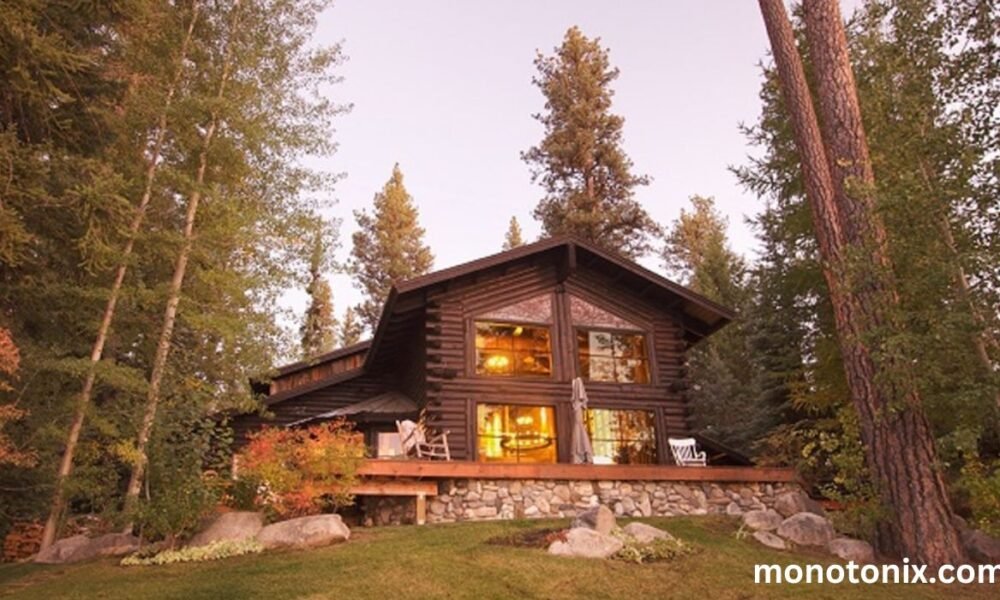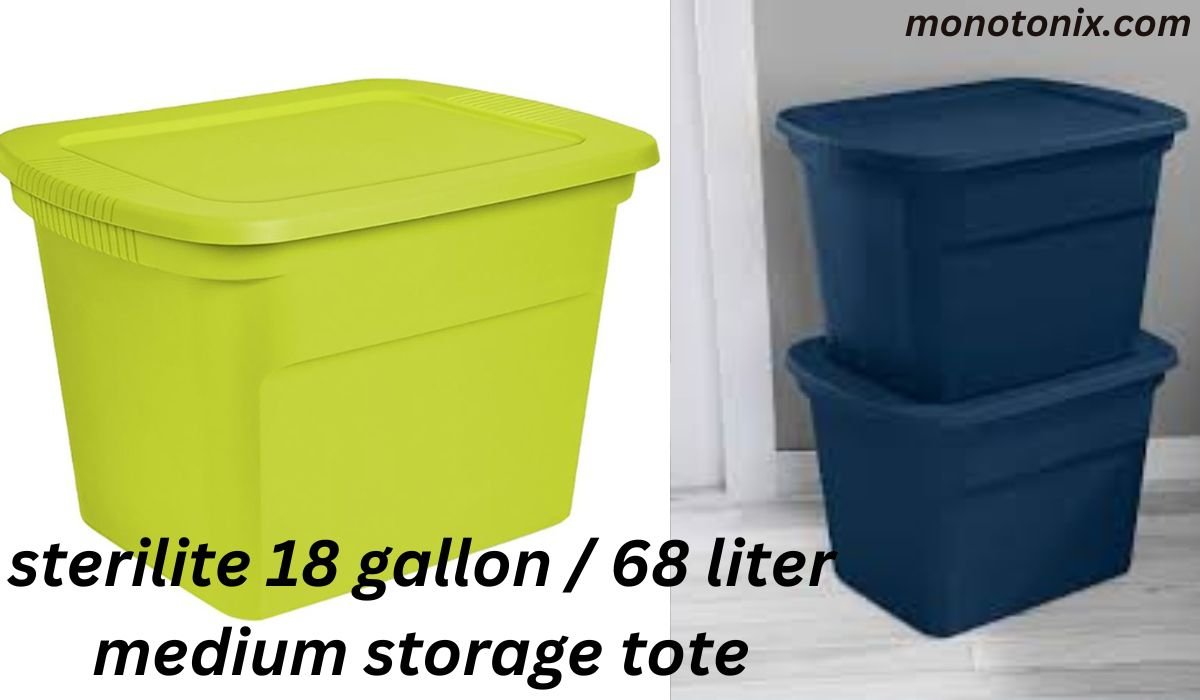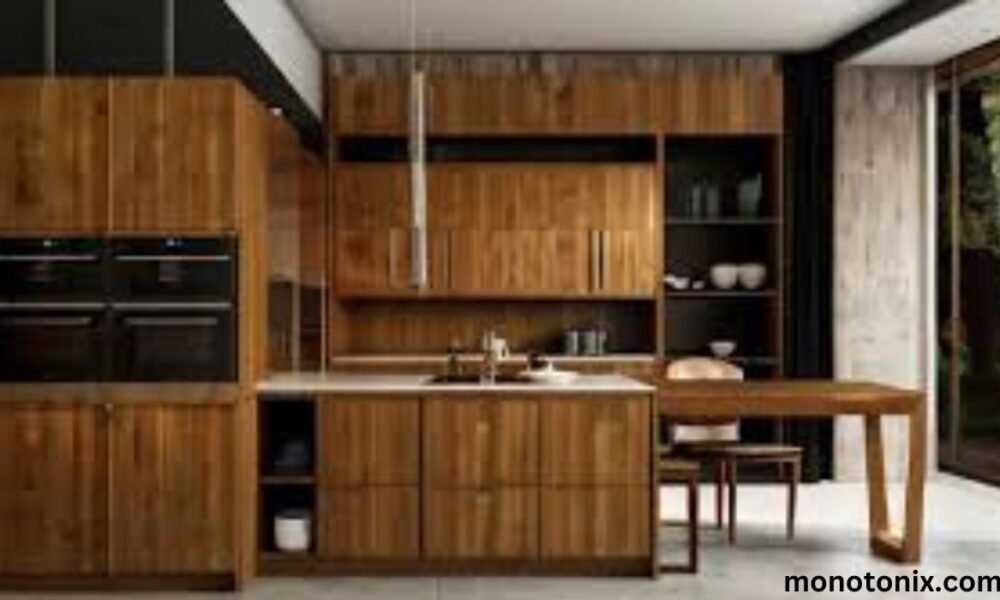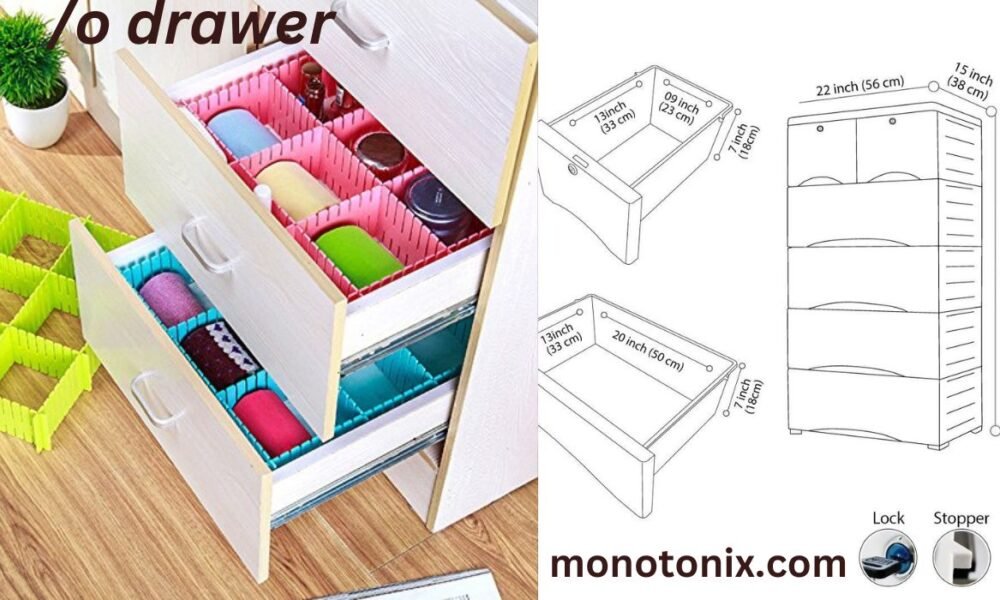If you’re lucky enough to own a log cabin, you know it requires special care and maintenance. Log cabins are authentic historic treasures, but their wood construction makes them susceptible to decay over time. That’s why log cabin restoration is so important for preserving these iconic buildings. Here’s an overview of the step-by-step restoration process.
Inspecting the Cabin
The first step is a thorough inspection of the entire cabin, inside and out. Look for areas of deterioration, settling, moisture damage or leaks. Check the foundation, walls, roof, windows, doors, chimney, and interior spaces. Document any issues with detailed notes and photographs. Use an awl to test wood soundness. Major problem areas will need repairs first.
Stabilizing the Structure
Before cosmetic restoration, the structure itself must be stabilized. Repair any leaks or defects in the roof, foundations, walls or chimney. Reinforce settling areas with added support beams. Replace any severely rotted logs. Proper structural stabilization is crucial to prevent further damage.
Removing and Replacing Rotten Wood
Now, you can focus on replacing specific logs or boards. Carefully remove any rotten wood, scraping out old chinking in log walls. Salvage any decorative elements like carvings for reuse. Cut and fit new logs to replace damaged ones. Use the same techniques originally used in the cabin, like dovetail corners.
Chinking and Sealing Gaps
Historically, log cabins were sealed using materials like moss, clay, lime, and other natural chinking. Replicate these original materials and techniques. Pack chinking into gaps between logs, then cover with planks to hold it in place. Caulk around windows, doors, joints, and corners to seal any leaks.
Surface Cleaning and Repairs
Thoroughly clean interior and exterior wood surfaces. Gentle low pressure washing removes built-up dirt and mold growth. Repair or replace damaged boards, railings, siding, shakes or timbers. Sand and refinish wood floors or stairs. Repair stonework like chimneys and foundations.
Restoring Doors, Windows, and Decor
Retain and restore original doors, windows, lighting, and decorative features like cornices or trims. Repair frames, replace broken glass panes, tighten hinges and refinish wood or metal surfaces. Add storm windows over the original panes to increase energy efficiency. Reinstall any salvaged decorative elements.
Adding Insulation and Utilities
While retaining the cabin’s rustic feel, modern insulation and utilities can be added for comfort and value. Blown-in wall insulation retains heat without altering the exterior appearance. Update plumbing, electrics and HVAC systems discreetly. Installing a fire suppression system is also smart protection.
Final Cosmetic Touches
With structural restoration complete, apply cosmetic finishing touches. Stain or repaint exterior wood walls and trims if needed. Install wood or slate roofing and siding materials to match the original. Furnish interiors authentically with period-appropriate fixtures, lighting, furniture and accessories.
Restoring your log cabin takes time, effort and expertise. But preserving these historical treasures is tremendously rewarding. Follow proper restoration steps and techniques to protect your cabin for generations to come, or hire a professional, such as Log Masters Restorations, to professionally restore your cabin.











